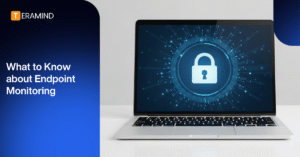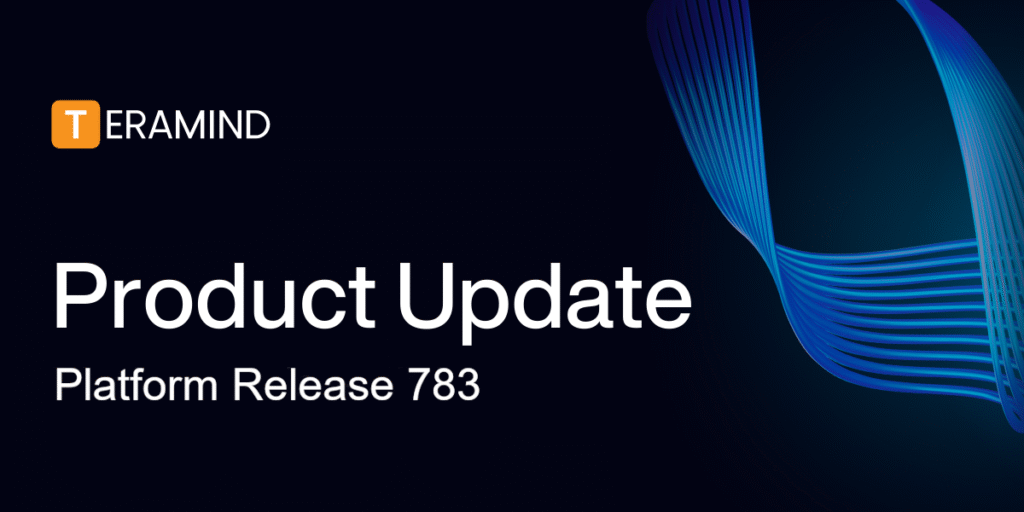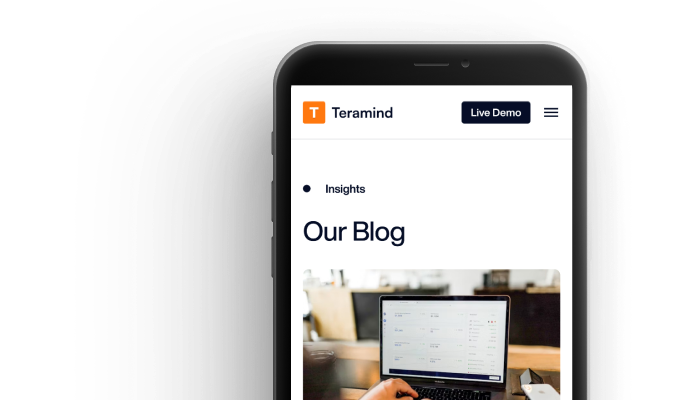

We are excited to announce Platform Release 783, a massive update with over 470 features and improvements, focusing on adapting to the modern digital workspace by...

Manage insider risk, optimize productivity, and enforce compliance with Teramind.
Solutions
Cybersecurity
Productivity
Learn More